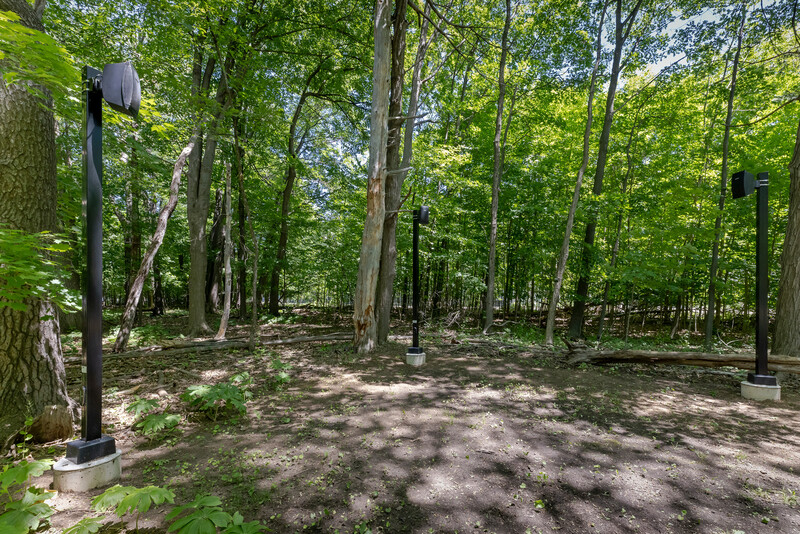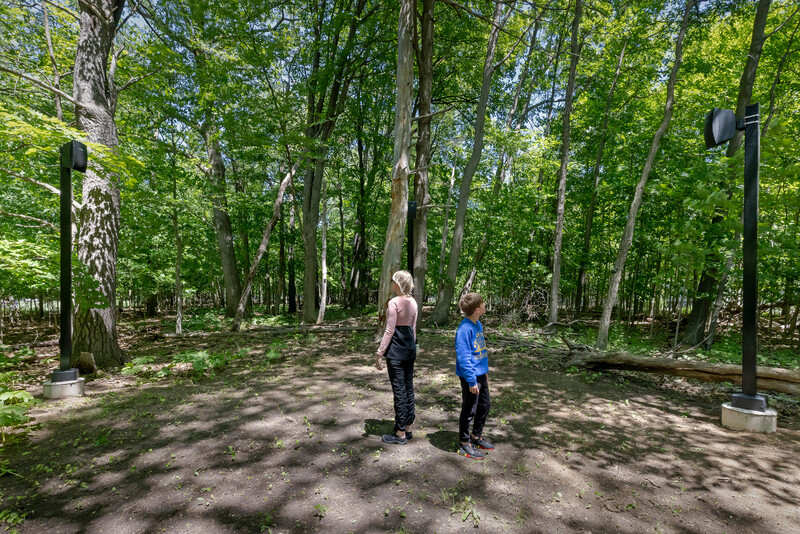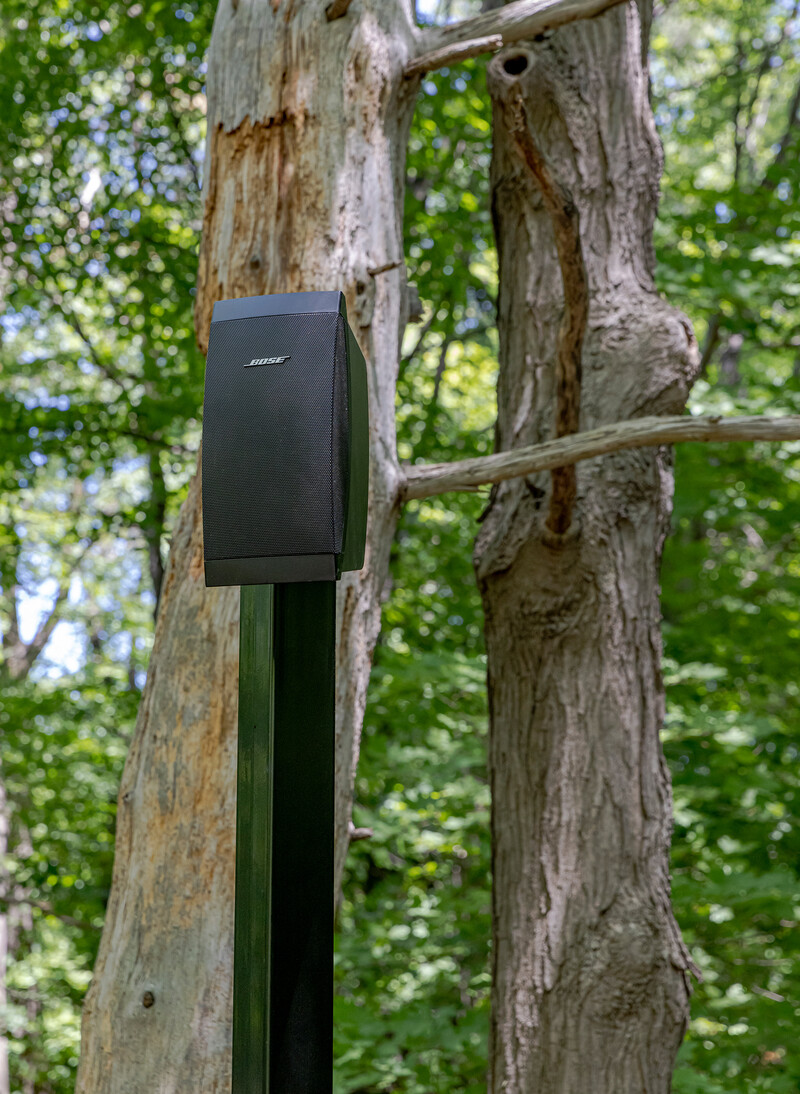


Spring Bloom in the Marginal Ice Zone: From the Barents Sea to Lake Ontario
Winderen’s Spring Bloom […] is a four-channel audio installation composed from field recordings in the Barents Sea along the marginal ice zone (an ecologically vulnerable, dynamic border between the open sea and the sea ice). In spring, this zone is the most important CO2 sink in our biosphere: the phytoplankton present in the sea produce half of the oxygen on the planet.
In Winderen’s composition, the sounds of living creatures become a voice in the current political debate concerning the official location of the floe edge. This zone is increasingly contested as climate crisis affects its position and seasonal emergence, impacting Inuit hunting and fishing territories, wildlife migration patterns, and climate science. In Spring Bloom listeners hear the bloom of plankton, the shifting and crackling sea ice in the Barents Sea around Spitsbergen (towards the North Pole), and the underwater sounds made by bearded seals, migrating species such as humpbacks and orcas, crustaceans and spawning cod.
Winderen’s field recordings document wildlife activities that all depend on the annual spring bloom. On UTM campus, these sounds connect the vulnerable ecologies of the Barents Sea with the seasonal rhythms of local forest ecologies, and the distressed waterways of Lake Ontario and the Credit River.
Spring Bloom plays during daylight hours only. It is periodically shut off in response to seasonal ecological activity, determined in consultation with faculty in the Department of Biology. See the Blackwood website for current playback conditions.

The Blackwood
University of Toronto Mississauga
3359 Mississauga Road
Mississauga, ON L5L 1C6
[email protected]
(905) 828-3789
The galleries are currently open. Hours of operation: Monday–Saturday, 12–5pm.
Facebook | Twitter | Instagram
Sign up to receive our newsletter.
The Blackwood is situated on the Territory of the Mississaugas of the Credit, Seneca, and Huron-Wendat.